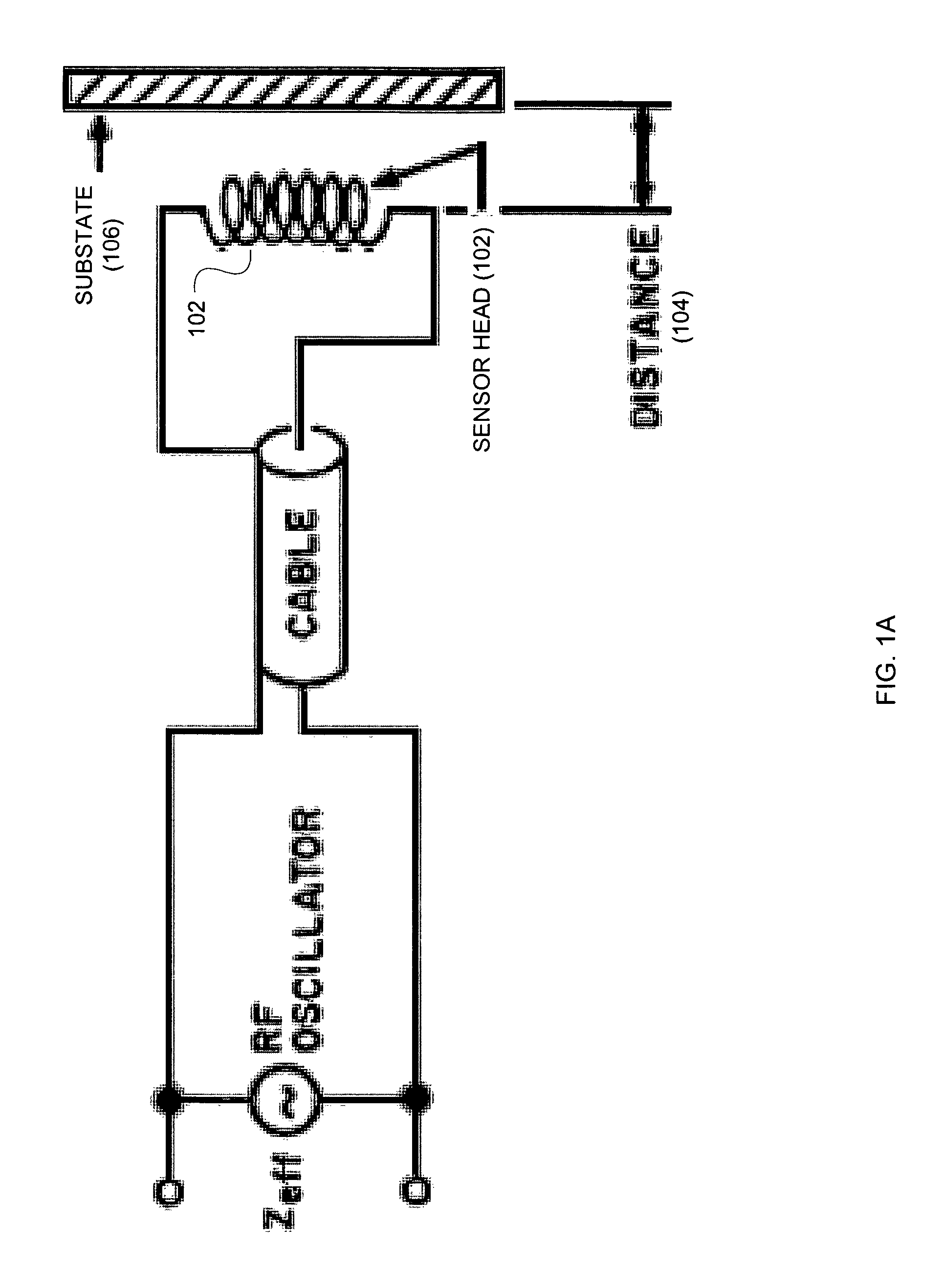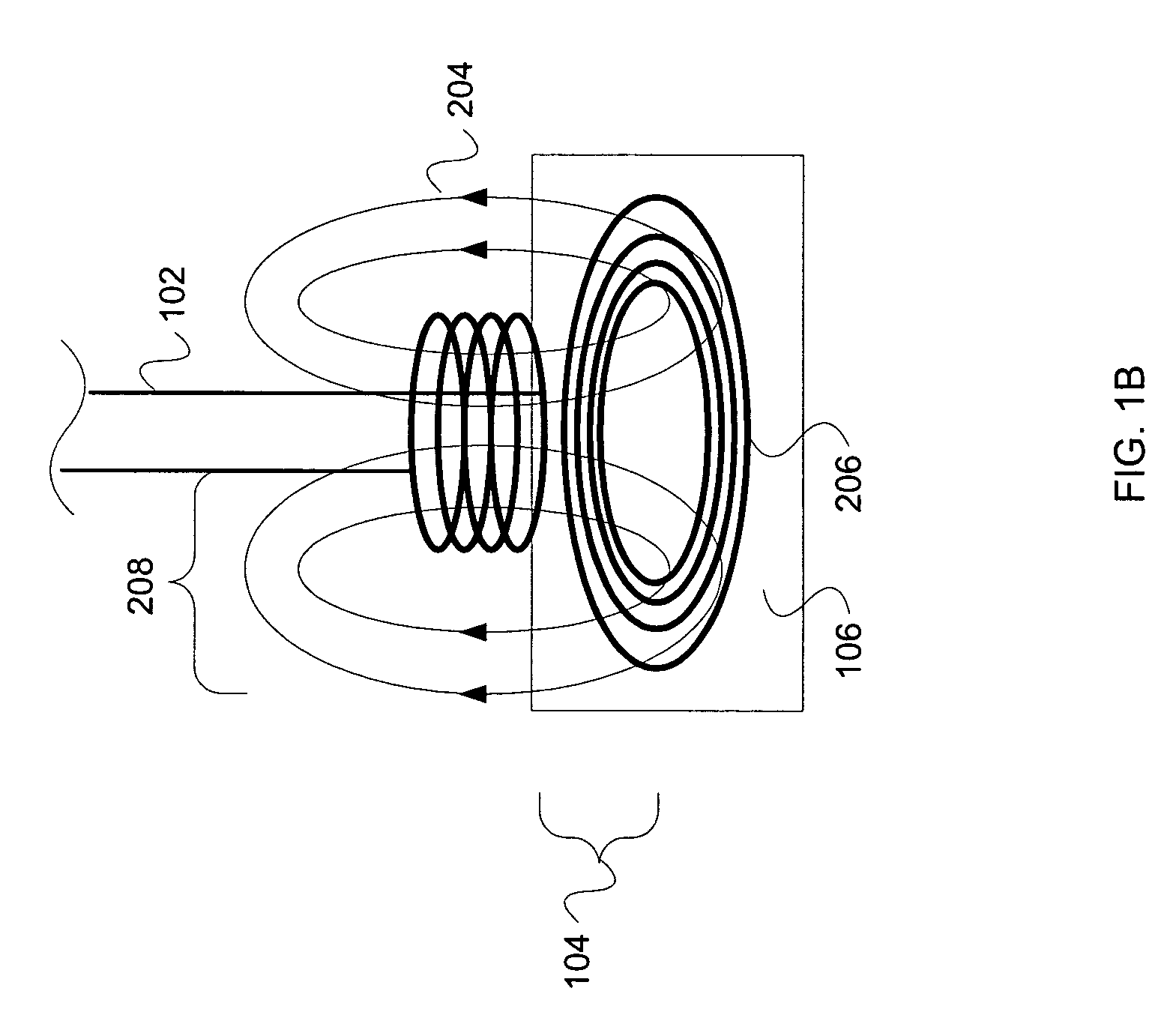Methods and apparatus for measuring morphology of a conductive film on a substrate
a technology of conductive film and substrate, applied in the direction of electrical/magnetic thickness measurement, material magnetic variables, instruments, etc., can solve the problems of destroying one or more substrates, affecting the morphology of affecting the morphology of the conductive film on the substrate, etc., and affecting the morphology of the substrate. , to achieve the effect of reducing the time required for plasma processing, reducing the cost of processing, and reducing the cost a technology of a a technology of a a technology of a a technology of a a a technology of a a a a a a a a technology of a a a a a a a a a a technology of a a a a a a a technology of a substrate morphology, applied in the field, can solve the problem of the substrate morphology analysis, the substrate morphology analysis
- Summary
- Abstract
- Description
- Claims
- Application Information
AI Technical Summary
Problems solved by technology
Method used
Image
Examples
Embodiment Construction
[0035]The present invention will now be described in detail with reference to a few preferred embodiments thereof as illustrated in the accompanying drawings. In the following description, numerous specific details are set forth in order to provide a thorough understanding of the present invention. It will be apparent, however, to one skilled in the art, that the present invention may be practiced without some or all of these specific details. In other instances, well known process steps and / or structures have not been described in detail in order to not unnecessarily obscure the present invention.
[0036]While not wishing to be bound by theory, it is believed by the inventor herein that the morphology (i.e., texture, topography, etc.) of a conductive film on a substrate may be measured through the use of eddy currents. That is, eddy current conductivity correlation may be confounded with film thickness variation at particular thickness positions on the substrate, in order to determin...
PUM
| Property | Measurement | Unit |
|---|---|---|
| thickness | aaaaa | aaaaa |
| conductive | aaaaa | aaaaa |
| mass | aaaaa | aaaaa |
Abstract
Description
Claims
Application Information
 Login to View More
Login to View More - R&D
- Intellectual Property
- Life Sciences
- Materials
- Tech Scout
- Unparalleled Data Quality
- Higher Quality Content
- 60% Fewer Hallucinations
Browse by: Latest US Patents, China's latest patents, Technical Efficacy Thesaurus, Application Domain, Technology Topic, Popular Technical Reports.
© 2025 PatSnap. All rights reserved.Legal|Privacy policy|Modern Slavery Act Transparency Statement|Sitemap|About US| Contact US: help@patsnap.com



